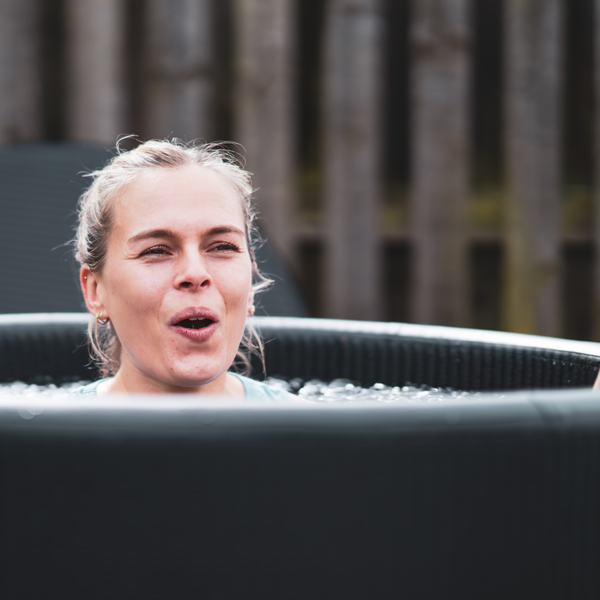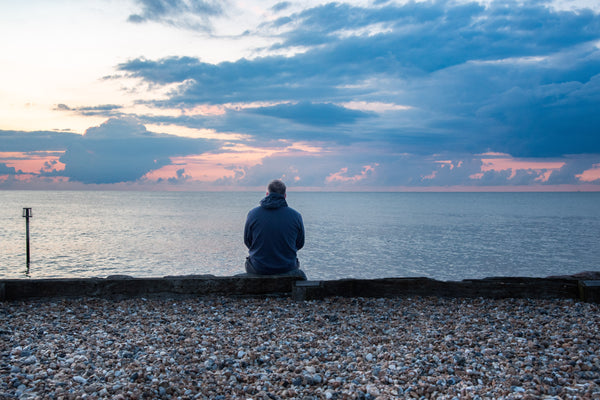Introduction
Cold water therapy has surged in popularity in recent years, with everyone from athletes to office workers embracing the icy plunge for its physical and mental benefits. But with this rise has come a wave of confusion, half-truths, and viral “extreme cold” challenges that can make ice baths seem far more dangerous or complicated than they really are.
In reality, when practised safely and sensibly, ice baths are a powerful tool for improving recovery, boosting mood, sharpening focus, and building mental resilience. Most fears around cold immersion come from myths, misunderstandings, or dramatic social media clips rather than genuine risks.
In this blog, we’re breaking down the most common misconceptions surrounding ice bath safety — separating fact from fiction so you can dip confidently, consistently, and with complete peace of mind. Whether you’re taking your first cold plunge or refining your routine with The Cold Pod, understanding the truth behind these frozen myths will help you get the most out of every dip.
Myth 1: “Ice baths are dangerous for anyone who isn’t an athlete.”
The Reality
One of the most common misconceptions about cold water therapy is that it’s only safe — or beneficial — for elite athletes. In truth, ice baths can be used safely by a wide range of people, regardless of fitness level, age or lifestyle. You certainly don’t need to be a professional sportsperson to enjoy the physical and mental benefits.
Cold immersion works by triggering the body’s natural stress response in a controlled way. This brief exposure to cold activates the sympathetic nervous system, helps regulate inflammation, boosts mood-enhancing chemicals, and supports overall wellbeing — benefits that apply to everyday individuals just as much as athletes.
A 2020 review in the International Journal of Environmental Research and Public Health concluded that cold exposure can positively influence mood, stress levels and immune function for a broad range of individuals.
Who Can Benefit?
Cold water therapy can support:
- people looking to improve mood and mental clarity
- anyone wanting to reduce stress or anxiety
- gym-goers and casual exercisers seeking better recovery
- desk-based workers needing an alertness boost
- individuals looking to build discipline and resilience
- those wanting a daily wellbeing ritual they can do at home
You don’t need to be intensely active — you simply need to approach cold exposure safely and gradually.
Myth 2: “The colder the water, the better.”
The Reality
It’s easy to think that ice baths must be as cold as possible to be effective — especially when social media is full of people breaking ice sheets or plunging into freezing lakes. But colder doesn’t mean better, and going to extremes can actually make cold water immersion less beneficial and far less safe.
Most of the physical and mental benefits of cold water occur well above freezing temperatures. You don’t need ice blocks, snowstorms or sub-zero water to experience improved recovery, reduced inflammation, boosted mood or better focus.
In fact, the optimal temperature range for cold immersion is between 10°C and 15°C, especially for beginners. More experienced dippers may prefer 6–10°C, and very advanced users sometimes go colder — but there is no added benefit in pushing to extremes.
A 2022 systematic review in the Scandinavian Journal of Medicine & Science in Sports found that most recovery benefits occur between 10–15°C for 10 minutes or less.
Why the ‘colder is better’ myth is unsafe
Extremely cold water increases the risk of:
- cold shock response (rapid breathing and panic)
- dizziness or light-headedness
- reduced ability to control movements
- shortened dip duration due to discomfort
- increased stress on the cardiovascular system
The aim of cold therapy is controlled stress, not overwhelming the body.
Myth 3: “You need to stay in the ice bath for as long as possible”
The Reality
A very common misconception — often fuelled by online challenges — is that the longer you stay in the cold, the better the results. In truth, cold water therapy is not an endurance test. Staying in for too long can actually increase your risk of numbness, dizziness, or mild hypothermia, and it offers no additional benefits beyond a certain point.
Most of the positive effects of cold water immersion occur within the first 2–3 minutes, meaning you don’t need to force long sessions to see results. A short, controlled dip is far more beneficial than pushing your limits unnecessarily.
A 2016 review in the International Journal of Sports Medicine found that the majority of recovery benefits occur within the first 5 minutes of immersion — no improvements were observed with longer exposure.
Recommended Timings
- Beginners: 1–2 minutes
- Intermediate dippers: 3–5 minutes
- Advanced users: up to 10 minutes
- Beyond 10 minutes: No proven benefit and significantly higher risk
Cold therapy should feel challenging, not unsafe.
How to Stay Safe During Every Dip
Cold water therapy is safe and highly beneficial when approached sensibly, but it’s important to follow a few simple guidelines to protect your wellbeing and make each dip a positive experience. Here are the essentials for safe, confident cold immersion:
1. Start Gradually
If you're new to cold dipping, begin with manageable temperatures between 10–15°C and short sessions of 1–2 minutes. As your tolerance improves, you can gradually reduce the temperature or increase the duration — but never both at once.
2. Avoid Extreme Cold
Colder doesn’t mean better. Extremely low temperatures increase the risk of cold shock, dizziness and loss of control. Aim for temperatures that feel challenging yet safe. Most benefits occur well above freezing, so there’s no need to push to extremes.
3. Focus on Controlled Breathing
Enter the water slowly and steady your breathing. Deep, calm breaths help regulate the body’s response to the cold and prevent panic, especially during the first 10–15 seconds when the shock response is strongest.
4. Stick to Safe Time Limits
Most benefits occur within the first few minutes of immersion. Beginners should aim for 1–2 minutes, and experienced dippers for 3–5 minutes. Staying in beyond 10 minutes carries increased risk and does not boost the benefits.
5. Know When to Get Out
Listen to your body. If you feel light-headed, excessively numb, disoriented or unable to control your breathing, exit the water immediately. Cold water therapy should never feel unsafe.
6. Warm Up Slowly After Your Dip
Have a towel, robe or warm clothing ready before you enter the water. After your dip, warm up gradually with gentle movement, layers of clothing and a warm drink. Avoid jumping straight into a hot shower, as this can cause a sudden blood pressure shift.
7. Never Dip Alone When Starting Out
Especially in your early sessions, it’s best to dip with someone nearby who can assist if needed. If you’re dipping alone once experienced, tell someone where you are and keep your phone within reach.
8. Check With a GP if You Have Health Conditions
If you have heart issues, high blood pressure, respiratory conditions, are pregnant, or have any medical concerns, always seek medical advice before beginning cold water therapy.
Conclusion
Cold water therapy is an incredibly rewarding practice, but it’s easy to see how myths and misconceptions can create confusion — or even put people off taking the first step. When you strip away the extremes often shown online, the truth is simple: ice baths are safe, accessible and highly beneficial when approached with understanding and sensible precautions.
By focusing on controlled temperatures, short and manageable dip times, and steady, confident breathing, you can enjoy all the physical and mental advantages that cold immersion has to offer. From boosting mood and resilience to supporting recovery and reducing stress, the benefits are available to anyone — not just seasoned athletes or extreme cold enthusiasts.
Whether you’re dipping for wellbeing, recovery or routine, knowledge is your best tool. With the right guidance and a reliable set-up like The Cold Pod, you can create a safe and sustainable practice that supports you all year round.
If you’d like to continue learning, explore more resources on our website or join the Cold Pod Community to connect with others on the same journey. And if you’re ready to take the plunge at home, discover our full range of portable ice baths and accessories here: https://thecoldpod.com/







